Many dog owners wonder, “Can dogs eat cheese?” It’s a common question, especially since cheese is often seen as a delicious treat. Understanding the safety and benefits of cheese for dogs is essential for keeping them healthy and happy. Let’s explore whether cheese is suitable for your furry friend.
First, it’s important to note that while many dogs can eat cheese without any issues, not all dogs react the same way. Some dogs are lactose intolerant, meaning they can have trouble digesting dairy products. If your dog has a sensitive stomach or has shown signs of discomfort after consuming dairy, it might be best to avoid cheese altogether.
For dogs that can handle it, cheese can be a nutritious addition to their diet. Here are some benefits of feeding your dog cheese:
- High in Protein: Cheese is rich in protein, which is important for your dog’s muscle development and overall health.
- Source of Calcium: Calcium is essential for strong bones and teeth, making cheese a good treat for fostering bone health.
- Tasty Treat: Most dogs love cheese. It can be used to entice picky eaters or as a reward during training sessions.
- Mixing Medications: If your dog needs to take medication, wrapping it in cheese can make it easier to give and ensure they take their medicine without fuss.
When giving your dog cheese, moderation is key. Too much can lead to digestive issues such as diarrhea or vomiting, especially in lactose-intolerant dogs. Use cheese as a treat, not as a substitute for their regular meals.
Here are some safe cheese options for your dog:
- Cheddar: A popular cheese that’s usually well-tolerated by most dogs.
- Mozzarella: A lower-fat cheese that can be give in small quantities.
- Cottage Cheese: Full of protein and can be a healthier option for dogs.
- Swiss: Another cheese that can be suitable if given in moderation.
On the flip side, there are certain cheeses to avoid. Here are some examples:
- Blue Cheese: This can be toxic to dogs due to the mold present in it.
- Feta: High in fat and salt, it should be given sparingly.
- Processed Cheeses: Cheeses like cream cheese or cheese spreads can contain added flavors and salts, making them less ideal.
Always observe your dog after introducing cheese into their diet. Signs of intolerance can include gas, bloating, or changes in bowel movements. If you notice any adverse reactions, it’s best to discontinue feeding cheese and consult with your veterinarian.
Many veterinarians support the idea of using cheese as an occasional treat, providing it’s done thoughtfully. It can enhance the quality of your pet’s life when used correctly. Remember, while cheese can be a fun treat, your dog’s primary diet should consist mainly of balanced dog food suited to their health needs.
To learn more about your dog’s nutrition and what treats are safe, visit American Kennel Club or PetMD. These resources can provide valuable insight into your dog’s dietary needs.
Cheese can be a delightful snack for many dogs, but it’s important to ensure it fits within their dietary restrictions. By paying attention to your dog’s unique digestive system and using cheese responsibly, you can safely add this tasty treat to their lives.
The Best Types of Cheese for Your Dog
When it comes to sharing tasty treats with your furry friend, cheese can be a delightful option. Many dogs love cheese, and it can also be a useful tool for training. However, not all cheeses are created equal. Here are some of the best types of cheese you can safely offer to your dog, along with tips on how to do it healthily.
Safe Cheese Options for Dogs
Cheese can provide a boost of protein and calcium for dogs. Here are some safe options you might consider:
- Cheddar: A firm favorite among many dogs, cheddar cheese is rich in flavor and can be used in small amounts as a treat.
- Swiss: This mild cheese is generally well-tolerated by dogs and can be a good option for rewarding them during training sessions.
- Mozzarella: Low in fat, mozzarella can be a good snack for dogs—just make sure to offer it in moderation.
- Cream Cheese: This softer cheese can be a nice addition to dog-friendly recipes, especially when you want to make a filling treat.
- Parmesan: A sprinkle of grated Parmesan cheese can be used to enhance your dog’s meals while also enticing them during eating time.
- Cottage Cheese: Low in lactose, cottage cheese is another healthy option that many dogs enjoy.
How to Serve Cheese to Your Dog
Serving cheese to your dog should be done thoughtfully. Here are some suggestions:
- Use in Training: A small piece of cheese can make an excellent treat while you train your dog, reinforcing positive behaviors.
- Stuffing for Toys: Cheese can be used to stuff toys, creating engaging playtime for your dog.
- Homemade Recipes: Incorporate cheese into homemade dog treats for an added flavor that they’ll savor.
Things to Keep in Mind
While cheese can be safe for dogs, there are some important considerations to keep in mind:
- Lactose Intolerance: Some dogs may have a lactose intolerance and can suffer from stomach upset or diarrhea after eating cheese. Start with small amounts to check your dog’s tolerance.
- Moderation is Key: Cheese is high in fat and calories, so always offer it in moderation to prevent obesity and other health issues.
- Watch for Additives: Stay away from cheeses that contain onion, garlic, or spices, as these can be harmful to dogs.
What About Low-Fat Cheese?
Low-fat cheese options can be beneficial for dogs that need to watch their weight. Consider these alternatives:
- Low-Fat Cheddar: Provides the same flavor with less fat for your canine companion.
- Neufchâtel Cheese: Similar to cream cheese but with less fat, this option can be a nice treat without too many calories.
- Part-Skim Mozzarella: Offers a delicious snack with reduced fat content.
Creative Ways to Incorporate Cheese in Your Dog’s Diet
You can creatively add cheese to your dog’s diet. Try the following methods:
- Mix a small amount of grated cheese with their food to encourage them to eat.
- Freeze small cubes of cheese for a refreshing treat during hot days.
- Bake homemade dog biscuits with a cheese component.
Always consult with your veterinarian if you have concerns about introducing new foods to your dog’s diet. For further details on cheese and dog safety, you can visit AKC or Dog Food Advisor.
The right types of cheese into your dog’s diet can enhance their meals and become a fun training tool. Just remember to do so wisely!
Signs Your Dog Is Allergic to Cheese
Cheese is a popular treat among many dog owners. It can be a tasty reward during training or simply a delightful snack. However, just like humans, dogs can develop allergies to certain foods, including cheese. Recognizing the signs of a cheese allergy in your dog is crucial for their well-being. Here are some key indicators to watch for if you suspect your dog may have an adverse reaction to cheese.
Common Signs of Cheese Allergies in Dogs
Dogs that are allergic to cheese may exhibit various symptoms. Here are some of the most common signs to be aware of:
- Skin Irritation: Look for redness, itching, or swelling on your dog’s skin. These may appear on the face, paws, or other parts of the body.
- Ear Infections: Frequent ear infections that seem to occur out of nowhere might be due to allergies, including those triggered by cheese.
- Digestive Issues: Symptoms like vomiting, diarrhea, or excessive gas can indicate that your dog’s system is reacting poorly to cheese.
- Behavior Changes: If your dog seems more irritable than usual or is scratching and biting at themselves, it could be a sign of discomfort from an allergic reaction.
- Swelling: In severe cases, dogs might experience swelling around the face, particularly around the lips and eyes, which can be alarming.
Monitoring Your Dog’s Reaction
When introducing any new treat, including cheese, it’s essential to monitor your dog’s reaction closely. Here’s how to do it effectively:
- Start with a small amount to gauge their response.
- Take note of any symptoms that appear within a few hours of eating cheese.
- If symptoms develop, remove cheese from their diet, and consult your veterinarian.
What To Do If Your Dog Shows Signs of Allergy
If you suspect your dog is allergic to cheese, the first step is to eliminate cheese from their diet immediately. Here is a simple action plan:
- Consult Your Veterinarian: Schedule an appointment to discuss your dog’s symptoms. The vet can provide guidance and potentially recommend allergy testing.
- Keep a Food Diary: Track what your dog eats and note any reactions. This can help the vet determine food intolerances.
- Explore Alternatives: There are numerous cheese alternatives that may be easier on your dog’s stomach. Look for dairy-free options specially formulated for dogs.
Understanding Food Allergies in Dogs
Food allergies in dogs can develop over time and may not show symptoms immediately. Cheese contains lactose, which can be difficult for some dogs to digest. If your dog is lactose intolerant, feeding them cheese might cause digestive upset even if they’re not strictly allergic. Understanding the difference between an allergy and intolerance can help you make better decisions.
In case you’re interested in further reading about dog allergies and dietary issues, I recommend checking out resources from the American Kennel Club or The Bark Magazine. These platforms provide valuable insights into canine health and nutrition.
Final Notes
Watch your dog closely after you offer them cheese. Remember that every dog is different, and some may be more sensitive than others. If you notice any of the signs mentioned above, it’s important to take action promptly. Early intervention can prevent more serious health issues from developing. Ultimately, your dog’s happiness and health should be your primary concern.
How to Safely Introduce Cheese into Your Dog’s Diet
Many dog owners wonder, “Can my dog eat cheese?” The answer is generally yes, but there are important steps you should take to safely introduce cheese into your dog’s diet. Cheese can be a delightful treat for dogs, providing nutritional benefits while also serving as a tasty reward during training. However, it’s crucial to introduce any new food carefully to avoid digestive issues and allergies.
Benefits of Cheese for Dogs
Cheese offers several potential benefits for dogs when given in moderation. Here are some advantages:
- Protein Source: Cheese is rich in protein, which is essential for your dog’s growth and muscle development.
- Calcium: It contains calcium, which helps maintain strong bones and teeth.
- Training Aid: Many dogs love cheese, making it an excellent tool for training and behavior reinforcement.
- Flavor Enhancer: Cheese can make unattractive food more appealing, especially for picky eaters.
How to Introduce Cheese Safely
To introduce cheese safely, follow these steps to ensure your dog’s health and happiness:
- Choose the Right Cheese: Not all cheeses are created equally. Avoid cheeses that are high in fat or contain added ingredients, like garlic or onion. Opt for lower-fat options such as mozzarella or cottage cheese.
- Start Small: Begin with a small piece of cheese. A tiny amount is the best way to see how your dog reacts, especially if they have never had cheese before.
- Monitor Reactions: After giving your dog cheese for the first time, observe them for any signs of digestive upset. Symptoms may include diarrhea, bloating, or vomiting.
- Gradually Increase Amount: If your dog doesn’t show any adverse reactions, you can gradually increase the amount of cheese. Remember that moderation is key; treats should not make up more than 10% of your dog’s daily caloric intake.
- Use as an Occasional Treat: Cheese should be reserved for special occasions or as a reward. It should not replace your dog’s regular diet.
Signs of Lactose Intolerance
Just like humans, some dogs can be lactose intolerant. Signs that your dog might not tolerate cheese well include:
- Diarrhea
- Gas
- Bloating
- Stomach pain
If you notice these symptoms, it’s best to remove cheese from your dog’s diet and consult your veterinarian.
Recommended Cheese Types
| Type of Cheese | Fat Content | Lactose Level |
|---|---|---|
| Low-Fat Cottage Cheese | Low | Lower |
| Plain Mozzarella | Moderate | Medium |
| American Cheese | High | High |
| Swiss Cheese | Moderate | Low |
Consult Your Vet
Before adding cheese or any other new food to your dog’s diet, it’s always a good idea to consult with your veterinarian, especially if your dog has a history of health issues. They can provide personalized advice based on your dog’s specific dietary needs and health conditions.
Offering cheese as an occasional reward can enhance your bond with your dog and make training sessions more enjoyable. Just remember to stay mindful of portion sizes and your dog’s overall nutritional needs.
For more information on pet diets and safe foods, you may find this article from the American Kennel Club helpful.
Alternatives to Cheese for Dog Treats and Snacks
For many dog owners, cheese is a popular choice for treating their pets due to its taste and the ease of mixing in with other foods. However, some dogs may be lactose intolerant or have sensitivities to dairy products. If you’re looking for alternatives to cheese for dog treats and snacks, there are plenty of tasty options that can keep your furry friend happy and healthy.
When considering alternatives, it’s important to ensure the treats are not only enjoyable for your dog but also safe and nutritious. Here are some fantastic options you can explore:
Peanut Butter
Peanut butter is a favorite for many dogs. Most dogs love its rich flavor, and it’s also packed with protein. Look for unsweetened, xylitol-free peanut butter, which is safe for dogs. You can use it as a snack or in homemade treats. Just a small amount can be a delightful surprise for your pup!
Carrots
Carrots are crunchy, low-calorie, and full of beneficial nutrients. Many dogs enjoy chewing on raw carrots, which can also help with dental health. They’re an excellent substitute for cheese and can be given whole or sliced to make them more manageable.
Sweet Potatoes
Sweet potatoes are another nutritious option that dogs often love. You can cook them and mash them, or cut them into slices and dehydrate them for a chewy treat. They’re rich in fiber, vitamins A and C, and offer a naturally sweet flavor that most dogs appreciate.
Apples
Apples are a great source of vitamins A and C, plus fiber. Just be sure to remove the seeds and core before giving them to your dog. Sliced apples can make a refreshing treat. You can even mix them with peanut butter for a special snack!
Pumpkin
Pumpkin is not only a seasonal favorite but also very healthy for dogs. It aids in digestion and is rich in vitamins. You can find pure canned pumpkin (not pumpkin pie filling) or cook fresh pumpkin. Adding pumpkin to your dog’s snacks can be a tasty twist on cheese-based treats.
Green Beans
Green beans are crunchy and low in calories, making them a perfect snack for dogs. You can serve them raw, steamed, or frozen for a different texture. They are packed with vitamins and beneficial for your dog’s overall health.
Commercial Dog Treats
If you’re short on time, consider looking for commercial treats that don’t contain cheese. Many brands offer a variety of flavors and textures, ensuring you can find something that suits your pup’s palate. Look for healthy options that feature natural ingredients.
| Treat Option | Benefits | Serving Suggestions |
|---|---|---|
| Peanut Butter | High in protein, loved by most dogs | Stuffed in toys or served on its own |
| Carrots | Low-calorie, crunchy | Raw or cooked, whole or sliced |
| Sweet Potatoes | Rich in fiber and vitamins | Mashed, sliced, or dehydrated |
| Apples | High in vitamins, refreshing | Sliced, mixed with peanut butter |
| Pumpkin | Aids digestion, high in nutrients | Pureed or cooked chunks |
| Green Beans | Crisp, low-calorie | Raw, steamed, or fresh |
| Commercial Treats | Convenient, varied flavors | Check labels for natural ingredients |
When introducing any new treat, it’s wise to start with small amounts and monitor your dog for any adverse reactions. Always check with your veterinarian if you’re unsure whether a specific food is suitable for your dog. They can provide insights tailored specifically to your pet’s health and dietary needs.
For recipes and more ideas on healthy dog treats, you may explore resources like AKC or American Kennel Club’s homemade dog food recipes. Your furry companion deserves the best, so keep it fun, nutritious, and safe!
Conclusion
When considering whether your furry friend can eat cheese, it’s essential to weigh both the benefits and potential risks. Cheese can offer a tasty treat that many dogs enjoy, making it useful for training or simply to indulge your pet. Opting for low-fat varieties like mozzarella or cottage cheese can provide your dog with a nutritious snack without the added calories or fat. However, vigilance is key as some dogs may be lactose intolerant or allergic to dairy products. Recognizing the signs of an allergic reaction, such as itching or digestive issues, will help you keep your pet safe.
Additionally, if you notice your dog is sensitive to cheese, alternatives like pumpkin, sweet potatoes, or even dog-safe peanut butter can serve as excellent substitutes. These options can offer the same excitement without the dairy dilemma, ensuring your pooch enjoys their treats without health concerns.
To safely introduce cheese into your dog’s diet, start with small amounts and monitor your pet’s reaction closely. By doing so, you can foster a delightful treat experience while maintaining their overall health. Ultimately, the goal is to provide your dog with enjoyable, nutritious snacks that fit well into their diet, enhancing their happiness and well-being. Whether you choose cheese or opt for tasty alternatives, your canine companion will surely appreciate the extra love and care you put into their meals and treats.



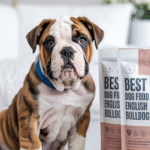
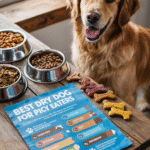
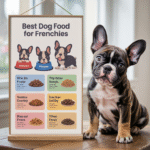
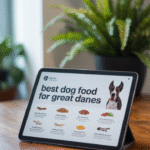
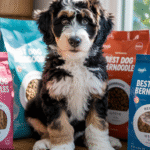
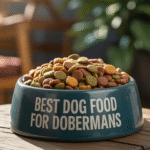
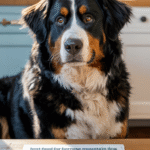
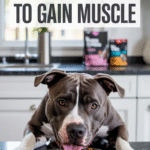
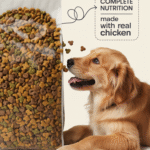
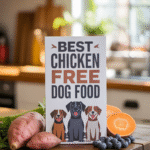
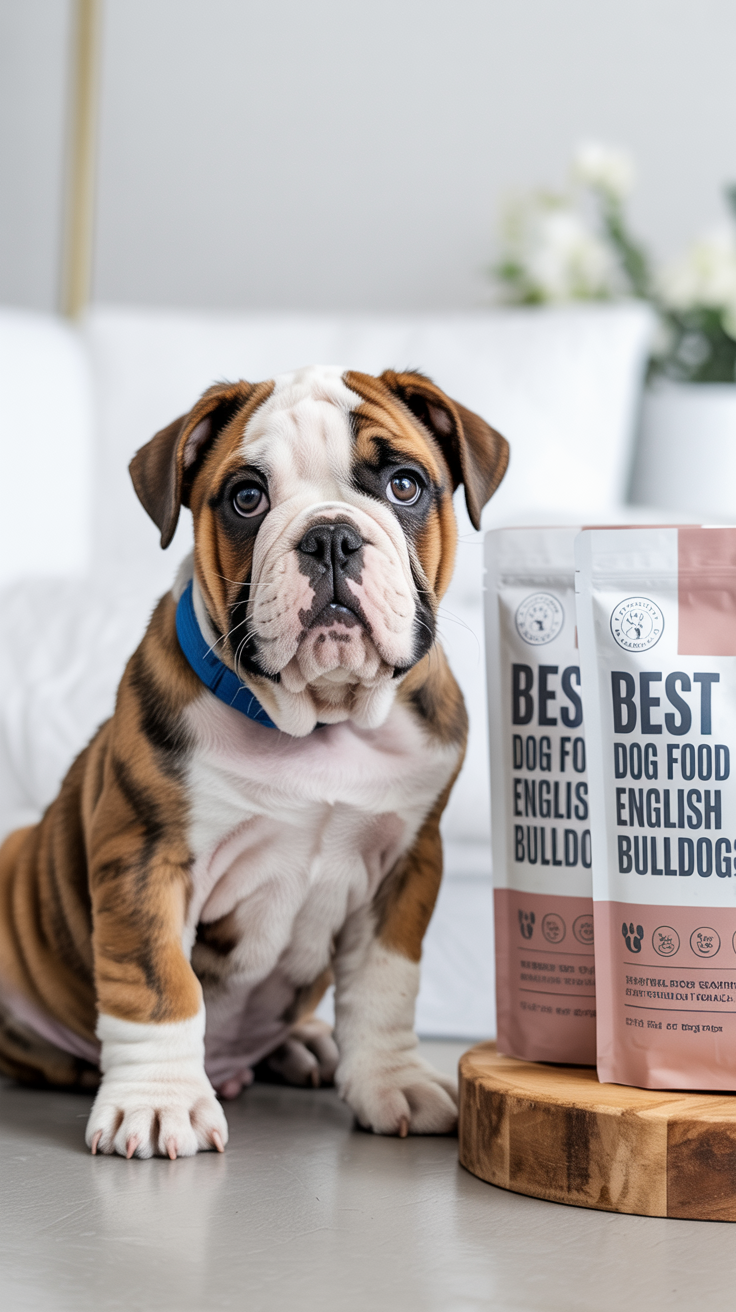
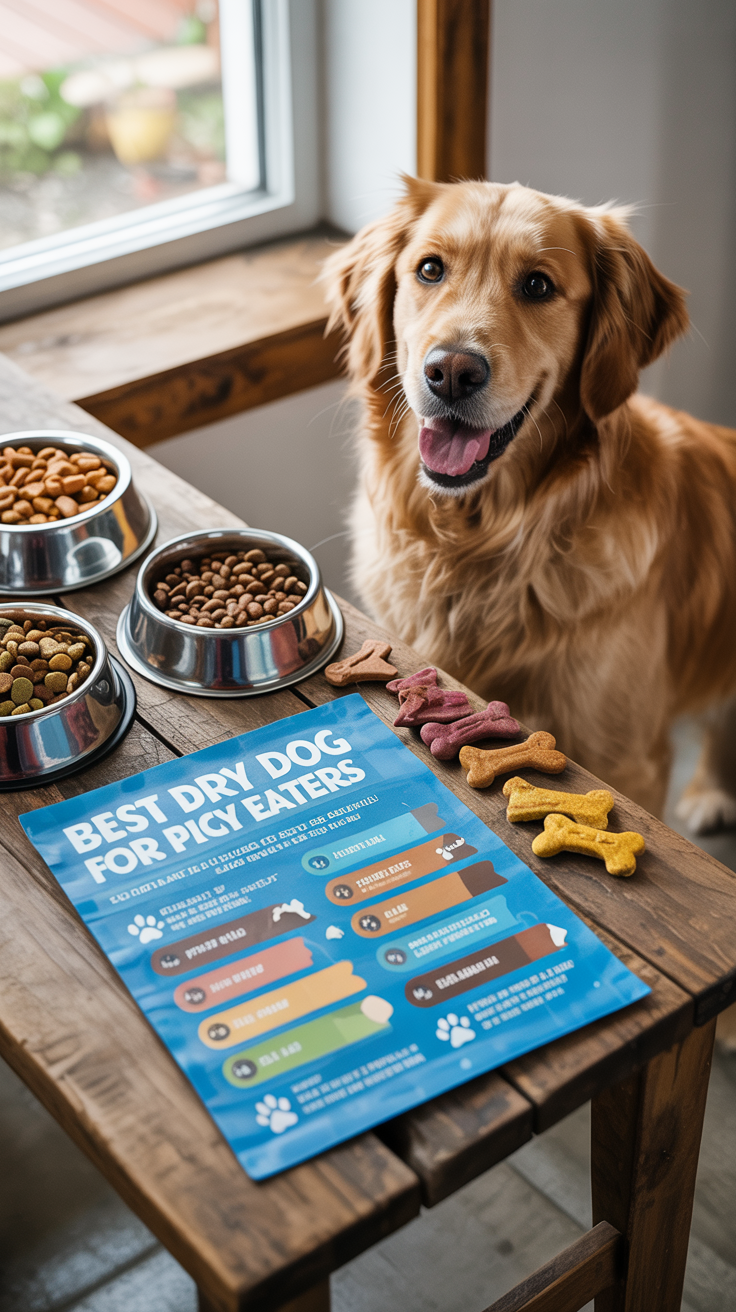
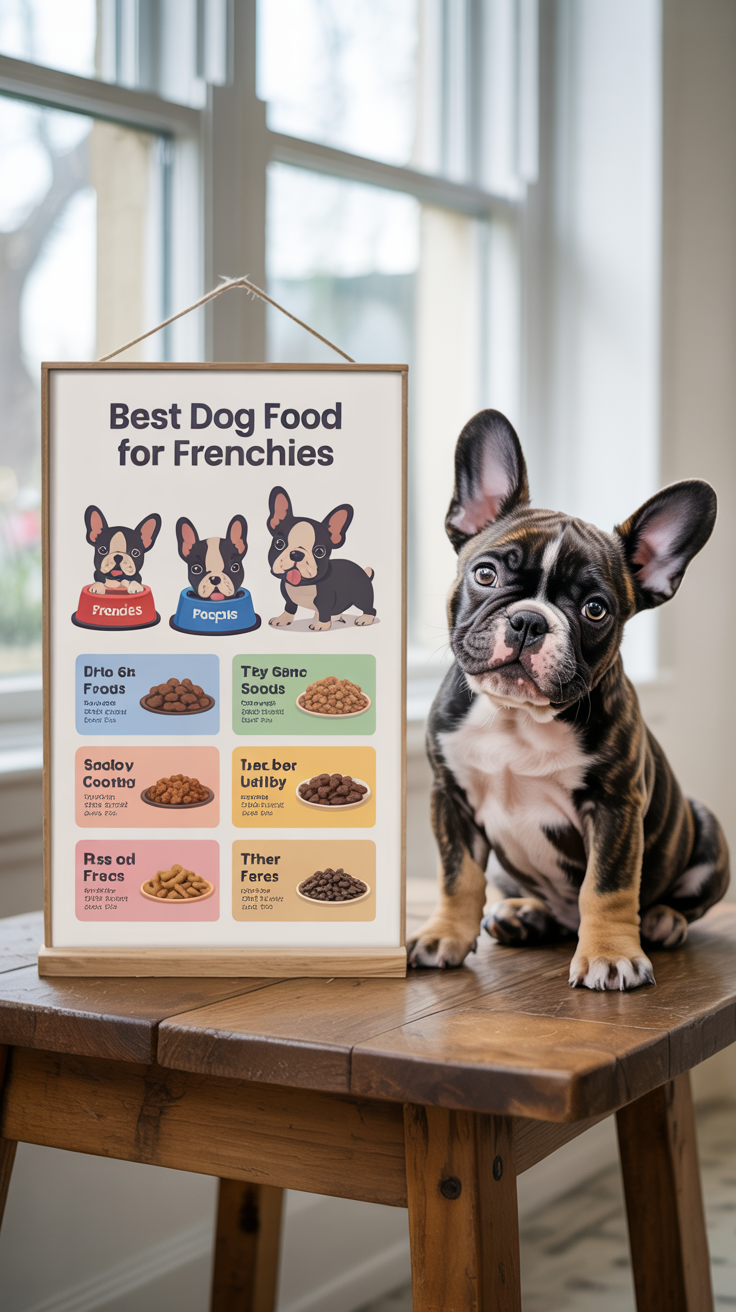
Leave a Reply